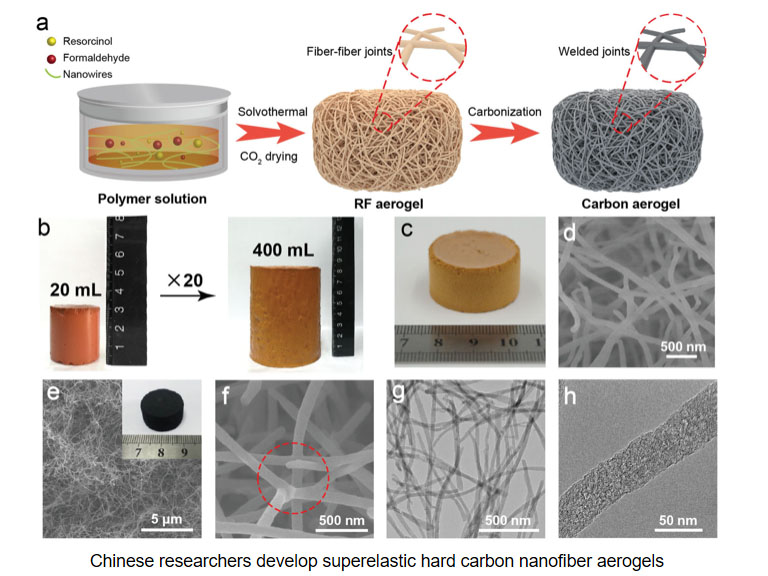
-
 Afrikaans
Afrikaans -
 Albanian
Albanian -
 Amharic
Amharic -
 Arabic
Arabic -
 Armenian
Armenian -
 Azerbaijani
Azerbaijani -
 Basque
Basque -
 Belarusian
Belarusian -
 Bengali
Bengali -
 Bosnian
Bosnian -
 Bulgarian
Bulgarian -
 Catalan
Catalan -
 Cebuano
Cebuano -
 China
China -
 China (Taiwan)
China (Taiwan) -
 Corsican
Corsican -
 Croatian
Croatian -
 Czech
Czech -
 Danish
Danish -
 Dutch
Dutch -
 English
English -
 Esperanto
Esperanto -
 Estonian
Estonian -
 Finnish
Finnish -
 French
French -
 Frisian
Frisian -
 Galician
Galician -
 Georgian
Georgian -
 German
German -
 Greek
Greek -
 Gujarati
Gujarati -
 Haitian Creole
Haitian Creole -
 hausa
hausa -
 hawaiian
hawaiian -
 Hebrew
Hebrew -
 Hindi
Hindi -
 Miao
Miao -
 Hungarian
Hungarian -
 Icelandic
Icelandic -
 igbo
igbo -
 Indonesian
Indonesian -
 irish
irish -
 Italian
Italian -
 Japanese
Japanese -
 Javanese
Javanese -
 Kannada
Kannada -
 kazakh
kazakh -
 Khmer
Khmer -
 Rwandese
Rwandese -
 Korean
Korean -
 Kurdish
Kurdish -
 Kyrgyz
Kyrgyz -
 Lao
Lao -
 Latin
Latin -
 Latvian
Latvian -
 Lithuanian
Lithuanian -
 Luxembourgish
Luxembourgish -
 Macedonian
Macedonian -
 Malgashi
Malgashi -
 Malay
Malay -
 Malayalam
Malayalam -
 Maltese
Maltese -
 Maori
Maori -
 Marathi
Marathi -
 Mongolian
Mongolian -
 Myanmar
Myanmar -
 Nepali
Nepali -
 Norwegian
Norwegian -
 Norwegian
Norwegian -
 Occitan
Occitan -
 Pashto
Pashto -
 Persian
Persian -
 Polish
Polish -
 Portuguese
Portuguese -
 Punjabi
Punjabi -
 Romanian
Romanian -
 Russian
Russian -
 Samoan
Samoan -
 Scottish Gaelic
Scottish Gaelic -
 Serbian
Serbian -
 Sesotho
Sesotho -
 Shona
Shona -
 Sindhi
Sindhi -
 Sinhala
Sinhala -
 Slovak
Slovak -
 Slovenian
Slovenian -
 Somali
Somali -
 Spanish
Spanish -
 Sundanese
Sundanese -
 Swahili
Swahili -
 Swedish
Swedish -
 Tagalog
Tagalog -
 Tajik
Tajik -
 Tamil
Tamil -
 Tatar
Tatar -
 Telugu
Telugu -
 Thai
Thai -
 Turkish
Turkish -
 Turkmen
Turkmen -
 Ukrainian
Ukrainian -
 Urdu
Urdu -
 Uighur
Uighur -
 Uzbek
Uzbek -
 Vietnamese
Vietnamese -
 Welsh
Welsh -
 Bantu
Bantu -
 Yiddish
Yiddish -
 Yoruba
Yoruba -
 Zulu
Zulu
frp mining equipment
The Role of FRP Mining Equipment in Modern Mining Operations
In recent years, the mining industry has witnessed a significant transformation driven by advancements in technology and an increased emphasis on safety and sustainability. One of the most notable developments in this arena is the incorporation of Fiber-Reinforced Polymer (FRP) materials in mining equipment. This article delves into the various advantages of FRP mining equipment and how it plays a crucial role in enhancing mining operations.
What is FRP?
Fiber-Reinforced Polymer (FRP) is a composite material made by combining a polymer matrix with fibers, such as glass, carbon, or aramid. This combination results in a material that boasts high strength-to-weight ratios, corrosion resistance, and durability. In the context of mining, these properties are particularly valuable, given the harsh and demanding environments in which mining activities occur.
Advantages of FRP Mining Equipment
1. Lightweight and High Strength One of the primary benefits of FRP materials is their exceptional strength-to-weight ratio. This means that mining equipment, such as conveyors, hydraulic components, and structural supports, can be made lighter while still maintaining structural integrity. Lighter equipment leads to reduced energy consumption during transportation and operation, translating to cost savings over time.
2. Corrosion Resistance Mining environments often expose equipment to corrosive agents, such as moisture, chemicals, and abrasive materials. FRP is inherently resistant to corrosion, which significantly extends the lifespan of mining equipment. By reducing the frequency and costs associated with maintenance and replacement, mining companies can improve their bottom line while minimizing operational downtime.
frp mining equipment

3. Improved Safety Safety in mining operations is paramount, and the use of FRP materials contributes to safer environments. FRP components are often less prone to catastrophic failure compared to traditional materials. In the event of an accident or impact, FRP is designed to fail in a controlled manner, minimizing the risk of injuries to workers. Additionally, lighter equipment reduces the strain on operators, further enhancing workplace safety.
4. Customization and Versatility FRP can be molded into various shapes and forms, which allows for customization of equipment to meet specific mining requirements. Whether it's the design of protective enclosures, structural supports, or equipment casings, the versatility of FRP can lead to innovative solutions tailored to the unique needs of different mining operations.
5. Sustainability and Environmental Considerations The increasing focus on sustainable mining practices aligns well with the adoption of FRP materials. The use of FRP can help reduce the environmental footprint of mining operations by decreasing energy consumption and minimizing waste generated from equipment maintenance. Furthermore, because FRP is lightweight and durable, it contributes to lower emissions during transport and reduces the need for frequent replacements.
The Future of FRP in Mining
As the mining industry continues to evolve, the adoption of new technologies and materials like FRP is likely to increase. Research and development efforts are ongoing to explore even more innovative uses for FRP in mining applications, which may include advancements in smart materials and enhanced manufacturing techniques.
In conclusion, FRP mining equipment presents a myriad of benefits that can significantly improve both the efficiency and safety of mining operations. With its lightweight nature, corrosion resistance, and customizable options, FRP stands out as a promising material that meets the contemporary demands of the mining industry. As companies strive to maximize productivity while adhering to safety and environmental standards, FRP will undoubtedly play an integral role in shaping the future of mining equipment. Embracing these innovations not only positions mining operations for success but also reflects a commitment to fostering a more sustainable and responsible approach to resource extraction.









